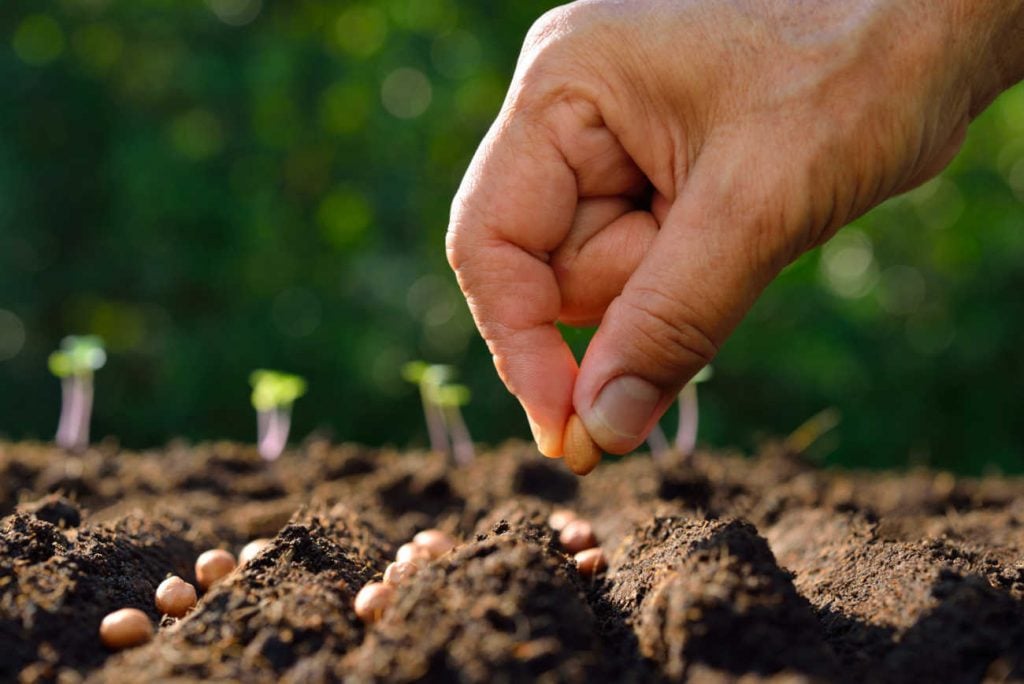Dreaming of a colorful garden bursting with blooms? Whether you’re starting your first flower bed or refreshing your outdoor space, learning how to plant flowers is the first step toward creating a stunning, vibrant garden. From choosing the right flowers to preparing your soil, this beginner-friendly guide will help you plant, nurture, and enjoy beautiful blossoms — starting today!🌿 Introduction: Bring Your Garden to LifeFlowers transform any space into a sanctuary of color, fragrance, and life. But successful planting isn’t just about putting seeds or blooms in the ground — it’s about knowing where, how, and when to plant for the best results.Whether you’re in the United States, United Kingdom, or Canada, this step-by-step guide will show you how to plant flowers like a pro, no matter your skill level.So grab your gloves, prepare your tools, and let’s dig into how you can discover how to plant flowers today!🌻 Step 1: Choose the Right Flowers for Your SpaceBefore planting, think about your garden’s conditions — sunlight, soil type, and climate matter more than you might think.🌞 Sun vs. ShadeFull sun flowers: Marigolds, zinnias, sunflowers, and petunias love bright light.Partial shade: Impatiens, begonias, and fuchsias thrive with a mix of sun and shade.Full shade: Hostas and hydrangeas are ideal for shadier corners.🌸 Annuals vs. PerennialsAnnuals (like marigolds or pansies) bloom all season but need replanting each year.Perennials (like daisies, lavender, or roses) return year after year, saving time in the long run.💡 Tip: Mix both types for continuous color and variety throughout the seasons!🌱 Step 2: Prepare the SoilHealthy soil equals healthy flowers. Here’s how to prep like a pro:Clear the area: Remove weeds, rocks, and debris.Loosen the soil: Use a garden fork or tiller to aerate the ground about 8–10 inches deep.Add organic matter: Mix in compost or aged manure to improve drainage and boost nutrients.Test your soil pH: Most flowers thrive in a slightly acidic to neutral range (6.0–7.0).🌿 Pro Tip: If your soil is heavy clay, add sand and compost. For sandy soil, add organic compost to retain moisture.🌼 Step 3: Planting Your FlowersNow comes the fun part — getting your hands in the dirt!For Seedlings or Potted Plants:Dig a hole twice as wide as the root ball and the same depth.Gently remove the plant from its container, loosening tangled roots.Place it in the hole and fill around it with soil.Firmly press the soil down around the plant to eliminate air pockets.Water immediately after planting to help roots settle in.For Seeds:Check your seed packet for spacing and depth instructions.Scatter seeds evenly over loosened soil.Cover lightly with soil and water gently.Keep soil moist (not soggy) until seedlings appear.💧 Step 4: Watering and MaintenanceWatering correctly is crucial for strong, vibrant flowers.Newly planted flowers: Water daily for the first week, then reduce frequency.Established plants: Water deeply 1–2 times per week, depending on weather.Morning watering: Best time of day to avoid evaporation and fungal issues.🌺 Bonus Tip: Add mulch around your flowers to retain moisture, suppress weeds, and regulate soil temperature.🌾 Step 5: Feed Your FlowersJust like us, flowers need food! Fertilizing gives them the nutrients they need to thrive.Use a balanced fertilizer (10-10-10 or 20-20-20) every 4–6 weeks during growing season.Organic options: Fish emulsion, compost tea, or worm castings.Avoid over-fertilizing — too much can lead to more leaves and fewer blooms.🌸 Step 6: Prune and Deadhead for More BloomsPruning and deadheading keep your flowers healthy and blooming longer.Deadheading: Remove faded or dead flowers to encourage new growth.Pruning: Trim back overgrown stems to maintain shape and airflow.Cut flowers early in the morning: This keeps them fresher for longer if you’re bringing them indoors.🌻 Step 7: Protect from Pests and WeatherEven the best gardens face challenges — here’s how to keep yours protected:Pests: Use natural solutions like neem oil, garlic spray, or companion planting (e.g., marigolds deter aphids).Weather: Add mulch to protect roots during heat or cold snaps.Support tall plants: Use stakes or cages for flowers like dahlias and delphiniums.🌷 Easy Flowers for BeginnersIf you’re just getting started, try these easy-to-grow favorites:Marigolds 🌼Zinnias 🌸Snapdragons 🌺Daisies 🌻Pansies 🌹Cosmos 🌿They’re low-maintenance, colorful, and thrive in a variety of climates.🌿 Practical Tips for Planting Success✅ Choose local native plants — they’re more resilient and attract pollinators.✅ Rotate flower types each year to maintain soil health.✅ Keep a garden journal to note which flowers perform best in your space.✅ Add garden decor or edging to make your flower beds pop!🌼 Conclusion: Your Flower Garden AwaitsPlanting flowers isn’t just about gardening — it’s about creating beauty, joy, and life right outside your door. With the right preparation, care, and creativity, you can transform your garden into a breathtaking oasis.So grab your gloves, pick your blooms, and discover how to plant flowers today! Whether it’s a small balcony pot or a full backyard display, your colorful masterpiece is just a few steps away. 🌸🌿✨

